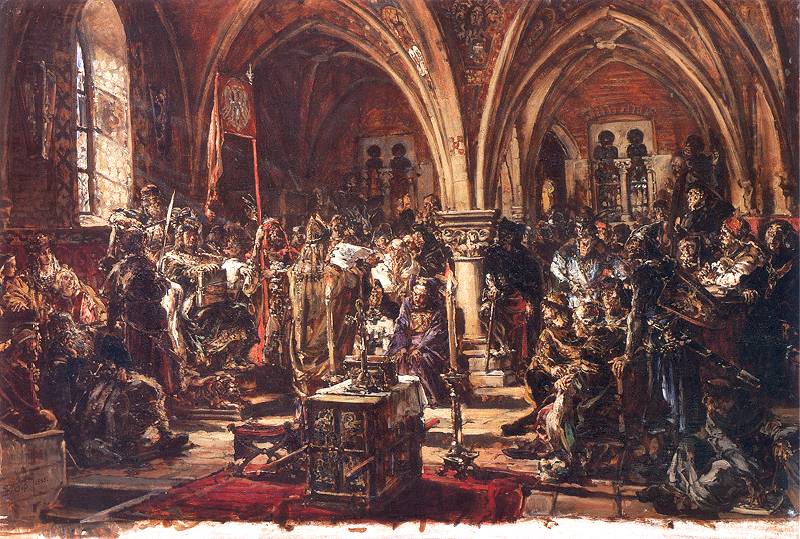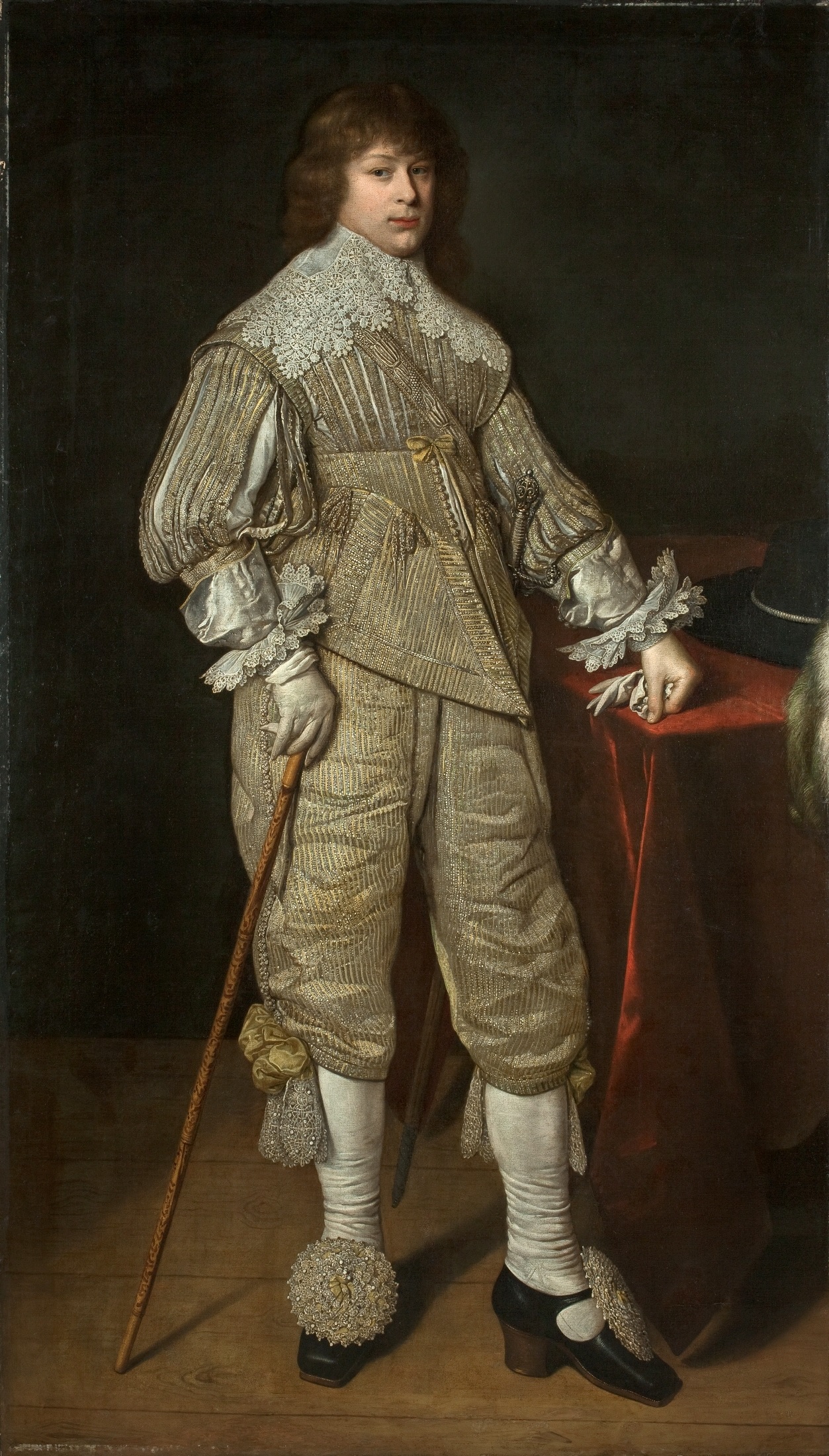|
Upytė (Nevėžis)
Upytė is a small village in Panevėžys district municipality in northern Lithuania. It is situated some 12 km southwest of Panevėžys on the banks of Vešeta Creek. It is now the capital of an elderate. In 1987 it had 580 residents. In the Lithuanian language, Upytė is a diminutive form of the word ''upė'', which means river. In 2004 Upytė celebrated its 750th anniversary by holding a conference ''Upytė Land: History and Culture''. Upytė linen museum is located in Stultiškiai. History The name Upytė was first mentioned in 1254 in a Livonian chronicle dealing with the divisions of the Upmala region. Upytė had a wooden castle built on an island which later became a hillfort when Lake Vešeta was drained. The castle was an important northern defence post against numerous incursions of the Livonian Order. Between 1353 and 1379 alone, it repelled ten such attacks. The castle was further expanded and fortified in the 15th century, when it served as the seat of t ... [...More Info...] [...Related Items...] OR: [Wikipedia] [Google] [Baidu] |
Countries Of The World
The following is a list providing an overview of sovereign states around the world with information on their status and recognition of their sovereignty. The 206 listed states can be divided into three categories based on membership within the United Nations System: 193 UN member states, 2 UN General Assembly non-member observer states, and 11 other states. The ''sovereignty dispute'' column indicates states having undisputed sovereignty (188 states, of which there are 187 UN member states and 1 UN General Assembly non-member observer state), states having disputed sovereignty (16 states, of which there are 6 UN member states, 1 UN General Assembly non-member observer state, and 9 de facto states), and states having a special political status (2 states, both in free association with New Zealand). Compiling a list such as this can be a complicated and controversial process, as there is no definition that is binding on all the members of the community of nations conc ... [...More Info...] [...Related Items...] OR: [Wikipedia] [Google] [Baidu] |
Grand Duchy Of Lithuania
The Grand Duchy of Lithuania was a European state that existed from the 13th century to 1795, when the territory was partitioned among the Russian Empire, the Kingdom of Prussia, and the Habsburg Empire of Austria. The state was founded by Lithuanians, who were at the time a polytheistic nation born from several united Baltic tribes from Aukštaitija. The Grand Duchy expanded to include large portions of the former Kievan Rus' and other neighbouring states, including what is now Lithuania, Belarus and parts of Ukraine, Latvia, Poland, Russia and Moldova. At its greatest extent, in the 15th century, it was the largest state in Europe. It was a multi-ethnic and multiconfessional state, with great diversity in languages, religion, and cultural heritage. The consolidation of the Lithuanian lands began in the late 13th century. Mindaugas, the first ruler of the Grand Duchy, was crowned as Catholic King of Lithuania in 1253. The pagan state was targeted in a religious crusad ... [...More Info...] [...Related Items...] OR: [Wikipedia] [Google] [Baidu] |
Polish–Lithuanian Commonwealth
The Polish–Lithuanian Commonwealth, formally known as the Kingdom of Poland and the Grand Duchy of Lithuania, and, after 1791, as the Commonwealth of Poland, was a bi- confederal state, sometimes called a federation, of Poland and Lithuania ruled by a common monarch in real union, who was both King of Poland and Grand Duke of Lithuania. It was one of the largest and most populous countries of 16th- to 17th-century Europe. At its largest territorial extent, in the early 17th century, the Commonwealth covered almost and as of 1618 sustained a multi-ethnic population of almost 12 million. Polish and Latin were the two co-official languages. The Commonwealth was established by the Union of Lublin in July 1569, but the Crown of the Kingdom of Poland and the Grand Duchy of Lithuania had been in a ''de facto'' personal union since 1386 with the marriage of the Polish queen Jadwiga (Hedwig) and Lithuania's Grand Duke Jogaila, who was crowned King '' jure uxoris'' Władys� ... [...More Info...] [...Related Items...] OR: [Wikipedia] [Google] [Baidu] |
Janusz Radziwiłł (1612-1655) , conservative politician in the Second Polish Republic
{{hndis, name=Radziwiłł, Janusz ...
Janusz Radziwiłł is the name of several Polish–Lithuanian nobles: * Janusz Radziwiłł (1579–1620), castellan of Vilnius and the starost of Borysów * Janusz Radziwiłł (1612–55), signatory of the Union of Kėdainiai * Janusz Radziwiłł (1880–1967) Prince Janusz Franciszek Radziwiłł (3 September 1880 – 4 October 1967) was a szlachta, Polish nobleman and politician. Early life Prince Radziwiłł was born on 3 September 1880 in Berlin in the then German Empire. He was the son of Prince ... [...More Info...] [...Related Items...] OR: [Wikipedia] [Google] [Baidu] |
Władysław Siciński
Władysław Wiktoryn Siciński ( lt, Čičinskas; –1672) was a member of the Polish–Lithuanian nobility and dignitary of the Polish–Lithuanian Commonwealth. Lord Master-of-the-Table (since 1655) and Lord Vice-Justice (since 1666) of Upytė, he was among the deputies of the Trakai Voivodeship nobility to the Sejm of the Polish–Lithuanian Commonwealth of 1652 which took place during the Khmelnytsky Uprising. He is credited with using the '' liberum veto'' for the first time in Polish history during the Sejm. Some historians have speculated that he might have acted on orders from Janusz Radziwiłł, though Wisner observed there is no evidence to support this theory. After the partitions of the Polish–Lithuanian Commonwealth, writers searched for causes of the collapse of the state. They blamed Golden Liberty and '' liberum veto'' for creating anarchy and disorder that led to the downfall and Siciński, a Protestant and a provincial man, became the villain of histor ... [...More Info...] [...Related Items...] OR: [Wikipedia] [Google] [Baidu] |
Sejm
The Sejm (English: , Polish: ), officially known as the Sejm of the Republic of Poland ( Polish: ''Sejm Rzeczypospolitej Polskiej''), is the lower house of the bicameral parliament of Poland. The Sejm has been the highest governing body of the Third Polish Republic since the transition of government in 1989. Along with the upper house of parliament, the Senate, it forms the national legislature in Poland known as National Assembly ( pl, Zgromadzenie Narodowe). The Sejm is composed of 460 deputies (singular ''deputowany'' or ''poseł'' – "envoy") elected every four years by a universal ballot. The Sejm is presided over by a speaker called the "Marshal of the Sejm" (''Marszałek Sejmu''). In the Kingdom of Poland, the term "''Sejm''" referred to an entire two- chamber parliament, comprising the Chamber of Deputies ( pl, Izba Poselska), the Senate and the King. It was thus a three-estate parliament. The 1573 Henrician Articles strengthened the assembly's jurisdiction, m ... [...More Info...] [...Related Items...] OR: [Wikipedia] [Google] [Baidu] |
Warsaw
Warsaw ( pl, Warszawa, ), officially the Capital City of Warsaw,, abbreviation: ''m.st. Warszawa'' is the capital and largest city of Poland. The metropolis stands on the River Vistula in east-central Poland, and its population is officially estimated at 1.86 million residents within a greater metropolitan area of 3.1 million residents, which makes Warsaw the 7th most-populous city in the European Union. The city area measures and comprises 18 districts, while the metropolitan area covers . Warsaw is an Alpha global city, a major cultural, political and economic hub, and the country's seat of government. Warsaw traces its origins to a small fishing town in Masovia. The city rose to prominence in the late 16th century, when Sigismund III decided to move the Polish capital and his royal court from Kraków. Warsaw served as the de facto capital of the Polish–Lithuanian Commonwealth until 1795, and subsequently as the seat of Napoleon's Duchy of Warsaw. Th ... [...More Info...] [...Related Items...] OR: [Wikipedia] [Google] [Baidu] |
Janusz Radziwiłł (1612–1655)
Prince Janusz Radziwiłł, also known as Janusz the Second or Janusz the Younger ( lt, Jonušas Radvila, 2 December 1612 – 31 December 1655) was a noble and magnate in the Polish–Lithuanian Commonwealth. Throughout his life he occupied a number of posts in the state administration, including that of Court Chamberlain of Lithuania (from 1633), Field Hetman of Lithuania (from 1646) and Grand Hetman of Lithuania (from 1654). He was also a voivode of Vilna Voivodeship (from 1653), as well as a starost of Samogitia, Kamieniec, Kazimierz and Sejwy. He was a protector of the Protestant religion in Lithuania and sponsor of many Protestant schools and churches. For several decades, the interests between the Radziwłł family and the state (Polish–Lithuanian Commonwealth) had begun to drift apart, as the Radziwiłłs increased their magnate status and wealth. Their attempts to acquire more political power in the Grand Duchy of Lithuania culminated in the doings of Janusz Radzi ... [...More Info...] [...Related Items...] OR: [Wikipedia] [Google] [Baidu] |
Michał Kazimierz Radziwiłł
Prince Michał Kazimierz Radziwiłł () (26 October 1625 – 14 November 1680) was a Polish–Lithuanian noble and magnate. He is sometimes referred to as ''the first'' Michał Kazimierz Radziwiłł, to distinguish him from the other member of his family to use the name. He held the following titles: Majorat of Nieśwież, Master of the Pantry of Lithuania (since 1652), Carver of Lithuania (since 1653), Cupbearer of Lithuania (since 1656), castellan of Vilnius (since 1661), Voivode of the Vilnius Voivodeship (since 1667), Deputy Chancellor of Lithuania (1668) and Field Hetman of Lithuania. He was also a starost of Upytė, Przemyśl, Człuchów, Kamieniec, Chojnice, Lida, Telšiai, Rabsztyn, Choteń, Homel, Oster, Gulbin Gulbin , is a village in the administrative district of Gmina Giby, within Sejny County, Podlaskie Voivodeship, in north-eastern Poland, close to the borders with Belarus and Lithuania Lithuania (; lt, Lietuva ), offici ... [...More Info...] [...Related Items...] OR: [Wikipedia] [Google] [Baidu] |
Stanislovas Goštautas
Stanislovas GoštautasLietuvos dailės muziejus (also called Stanisław Gasztołd or ''Gasztołt'' of Abdank in Polish) (ca. 1507 in Vilnius – 1542) was a member of the Lithuanian nobility and a high-ranking member of the Lithuanian administration. Born to Albertas Goštautas, the Voivode of Vilnius and Princess Sofia of Vereya, he was the last direct male descendant of the – once mighty – Goštautai family. A prominent member of the Grand Duchy's administration in the early times of the Polish–Lithuanian union, Goštautas held a number of important posts in the state's administration. Among others, since 1522 he held the post of the voivode of Navahrudak, although he did not rise to that office until 1530. Since 1542 he was also a voivode of Trakai. As one of the most notable and influential noblemen of his epoch, in 1542 he was also awarded with a royal pension of ''600 times the number of 60 Prague groschen'' in exchange for his town of Upytė, which was bou ... [...More Info...] [...Related Items...] OR: [Wikipedia] [Google] [Baidu] |
Konstanty Ostrogski
Konstanty Iwanowicz Ostrogski (c. 1460 – 10 August 1530; lt, Konstantinas Ostrogiškis; uk, Костянтин Іванович Острозький, translit=Kostiantyn Ivanovych Ostrozkyi; be, Канстантын Іванавіч Астроскі, translit=Kanstantyn Ivanavič Astroski) was a Ruthenian prince and magnate of the Grand Duchy of Lithuania and later a Grand Hetman of Lithuania from 11 September 1497 until his death. Ostrogski began his military career under John I Albert, King of Poland. He took part in successful campaigns against the Tatars and Grand Duchy of Moscow. For his victory near Ochakiv against Mehmed I Giray's forces he was awarded with the title of Grand Hetman of Lithuania. He was the first person to receive this title. However, during a war with Muscovy he was defeated in the Battle of Vedrosha (1500) and held captive for three years. In 1503, he managed to escape and joined king Sigismund I the Old, who allowed him to resume his post as ... [...More Info...] [...Related Items...] OR: [Wikipedia] [Google] [Baidu] |



